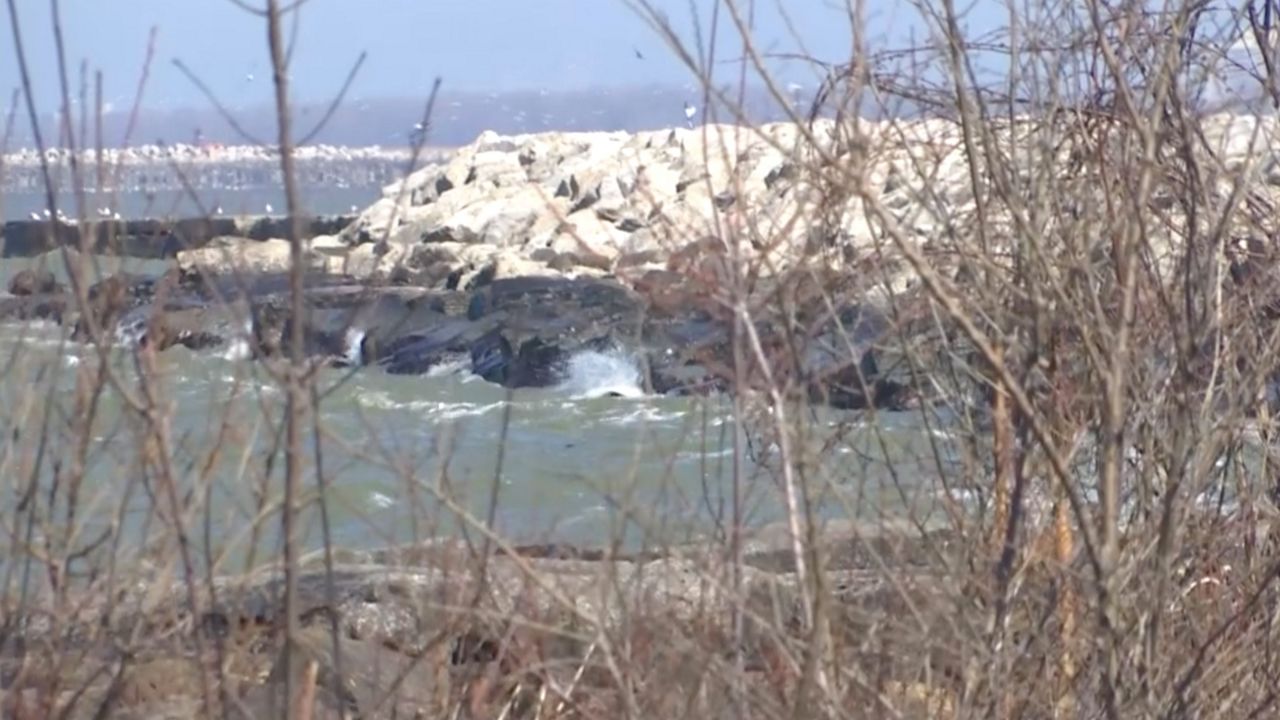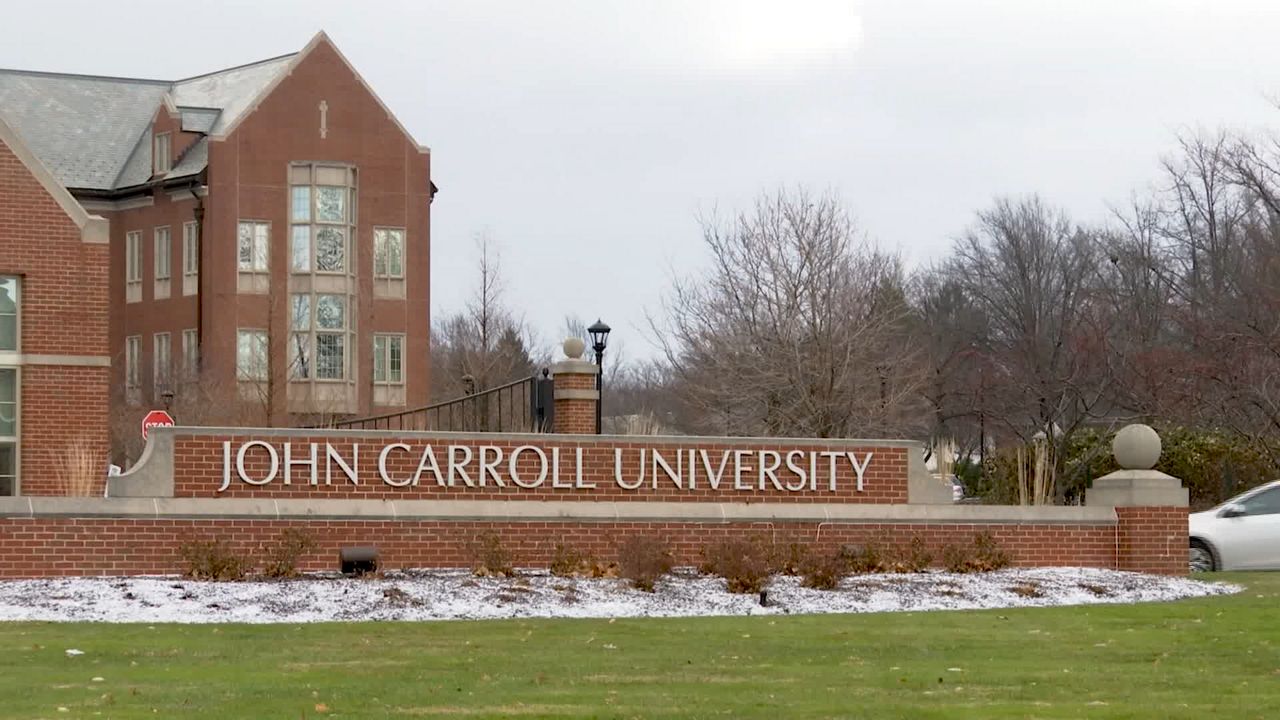WASHINGTON, D.C. — Across Ohio — and throughout the country — infrastructure is in bad shape.
- Congress debating whether to address infrastructure in next relief package
- Ohio lawmakers divided: Some like the idea; others don’t think it’s right time
- Recent report card gave America’s infrastructure a D+
A 2017 report card by the American Society of Civil Engineers gave America a D+ for the state of our roads, bridges, water systems and more.
And in 2019, the group gave northern Ohio, specifically, a D+, too.
So when president Trump sent out this tweet last Tuesday saying the coronavirus pandemic has created “the time to do our decades long awaited Infrastructure Bill,” that caught the attention of Ohio Republicans and Democrats.
“Many of us thought that infrastructure was going to be one of the first things that President Trump tackled when he came into office in January of 2017,” Representative Bill Johnson (R, 6th Congressional District) said in a Skype interview last week.
“And I thought, great!” Rep. Marcy Kaptur (D, 9th Congressional District) recounted in a FaceTime interview last week. “We’ll pass that in the first year. Well, that never happened.”
The president’s tweet said infrastructure could be the focus of a “Phase 4” coronavirus relief package, following the three other bills Congress passed in the last month that pumped over $2.3 trillion into the struggling economy.
House Speaker Nancy Pelosi (D-California) seemed to agree with Trump’s thinking at first, so House Democrats released their own plan.
But then, two days later (last Friday), Pelosi said in an interview on CNBC that a “Phase 4” package may have to strictly focus on expanding what “Phase 3” covered, like unemployment benefits and relief for small businesses — meaning infrastructure may have to wait.
Still, some Ohio lawmakers are cautiously optimistic about the idea.
“I just think there’s an appetite on the part of the public,” Kaptur said. “It would put a lot of people to work. And in the end, it would save everybody money.”
In a phone interview last Friday, Senator Rob Portman (R-Ohio) weighed in.
“I think it will be effective when people can go back to work, when the social distancing rules begin to change a little bit and people feel more comfortable and more safe returning to work,” he said. “But I do think it’s a good idea. Interest rates are relatively low and they’re likely to stay low.”
Johnson had similar thoughts.
“I think there is an appetite to look — where can we do the things that we were wanting to do anyway?” he said. “And let’s expedite the process and get these folks back to work.”
But fiscal conservatives, like Rep. Jim Jordan (R, 4th Congressional District), feel there’s no room for talk of infrastructure in the midst of a pandemic.
“We should be focused on making sure ‘Phase 3’ is working and helping the people it was designed to help,” Jordan said in a phone interview on Monday. “And most importantly, we should be focused on dealing with this virus, getting through it as quickly as we possibly can so that we can get our economy back up and running at full speed.”
Here are some Ohio-specific details featured in that 2017 report card:
- 1,653 of Ohio’s bridges are structurally deficient
- 412 dams are “high hazard”
- 38 sites are on the National Priorities List for hazardous waste
- There’s nearly $24 million of unmet needs for Ohio public parks
- 17% of Ohio’s public roads are in poor condition and cost the average motorist $544 of repairs per year
- There’s a $683 million gap in estimated Ohio school capital expenditures
- There’s nearly $15 billion in wastewater infrastructure needs over the next 20 years in Ohio
- There’s over $13 billion in drinking water infrastructure needs over the next 20 years in Ohio









